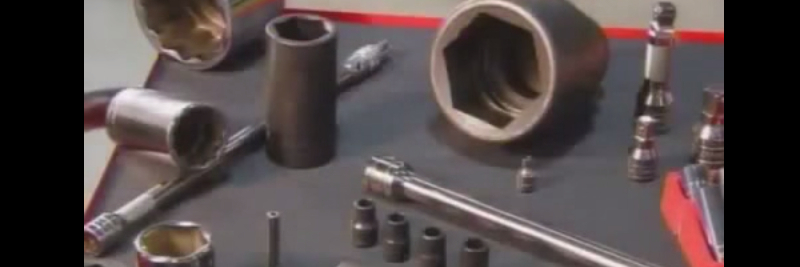In the middle of the 19th century, Scientific American ran a patent agency to encourage the development of new inventions. The best were then published in their magazines. Although socket wrenches have been used for centuries, the modern wrench has ratcheting mechanism with it. An American inventor named JJ Richardson patented the first ratcheting socket wrench with changeable sockets in 1863. His invention was quite simple: instead of needing different wrenches to accommodate different sizes, you could have one wrench that used different sockets. When you needed a different size, you’d just change the socket.
Although Richardson is only credited with this one invention, Scientific American has been integral in bringing inventors to the marketplace. Here are some of the best patents that came from the Scientific American patent agency.
1. Voice Recognition
In 1909, Scientific American published the details of an invention that incorporated a phonograph with a safe lock. This allowed the lock to only be accessed by the voice of the safe’s owner. A telephone mouthpiece acted as the doorknob and the password has to be spoken into the cylinder. The needle would mimic the sound lines and if it wasn’t a perfect match, the safe wouldn’t open.
2. Aluminum
Scientific American brought the process of modern aluminum creation to the world by discussing a discovery on the coast of Greenland in 1859. Up until that time, aluminum had to be reduced from its oxide and that was a very time intensive and expensive project. A material called cryolite was found that could be reduced much more cheaply and reduced the price per ounce from $18 to just $1. This created the foundation of many of the materials we still use today.
3. Durable Money
In the earlier days, money was typically made from what we’d consider precious metals today. Gold, silver, bronze, and other metals were formed into coins, stamped in some way, and then handed out. The only problem was that these metals were ultimately soft and this caused them to wear down over time and become rather useless. With the discovery of cheaper aluminum and how durable it was, combined with its lightweight nature, a patent was developed to create lighter money that would be more resistant to scratches and damage.
4. The Mohole
In the early 1960’s, there was a push to not only get to the moon, but to see what the planet we live on currently had in store below the crust. The only way to do that was to drill into the crust as far as possible to directly examine what was down there. This was called the “mohole” because scientists would be drilling through the moho. This project was ultimately abandoned in 1966, but the process for scientific examination was sound. By looking directly at lower levels of the crust, a better understanding of the Earth, how it formed, and potentially how to protect it would come about.
Strong proponent of individual liberty and free speech. My goal is to present information that expands our awareness of crucial issues and exposes the manufactured illusion of freedom that we are sold in America. Question everything because nothing is what it seems.



















